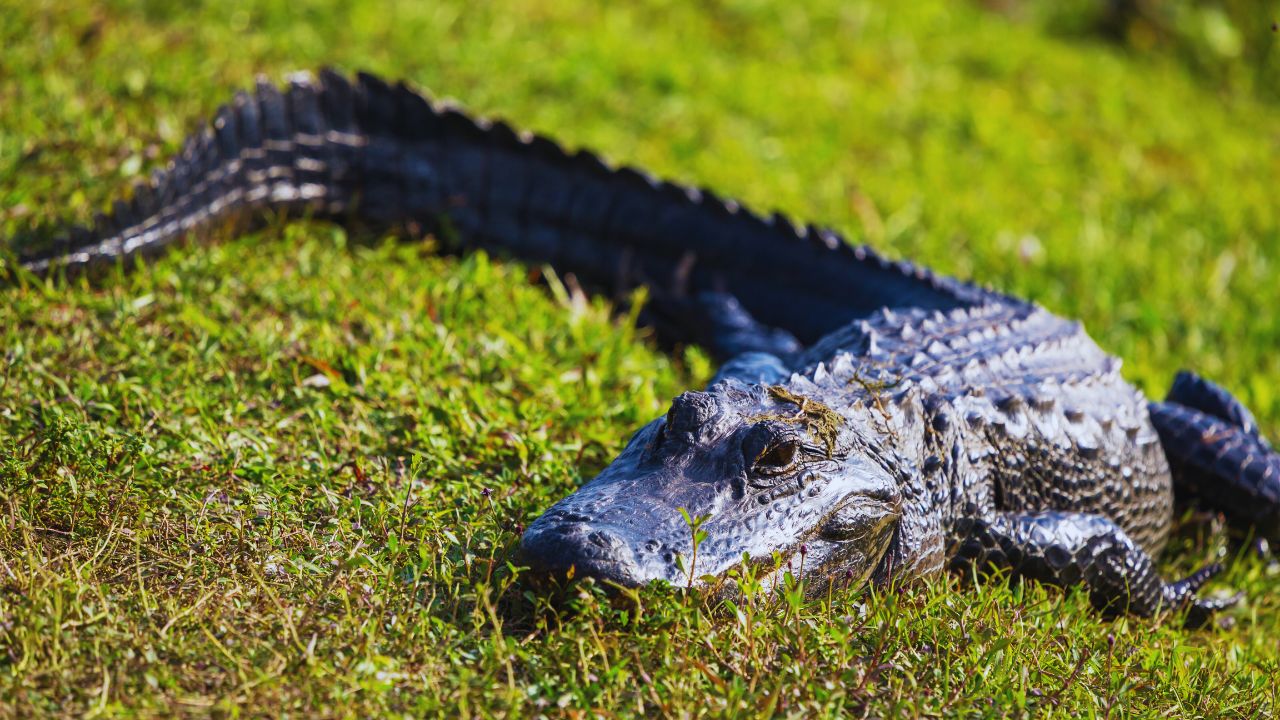The Mississippi River flows into the Gulf of Mexico after a whopping 2,340 miles of travel across ten states. It is the fourth-largest river in the world and the second-longest in the US. This river mixes the two to produce a unique habitat that is home to a broad diversity of creatures. It is a vital route for freshwater from the Gulf. Many species may be found in the Mississippi River, including some of the most dangerous creatures in North America. These include fish, amphibians, reptiles, mammals, and birds. Because the American alligator is different from the others, one may wonder whether alligators really live in the Mississippi River. If so, where are they and how dangerous are they? This article will look into alligators and their habitats, behaviors, and possible dangers, along with other fascinating aspects of the creatures living in the Mississippi River.
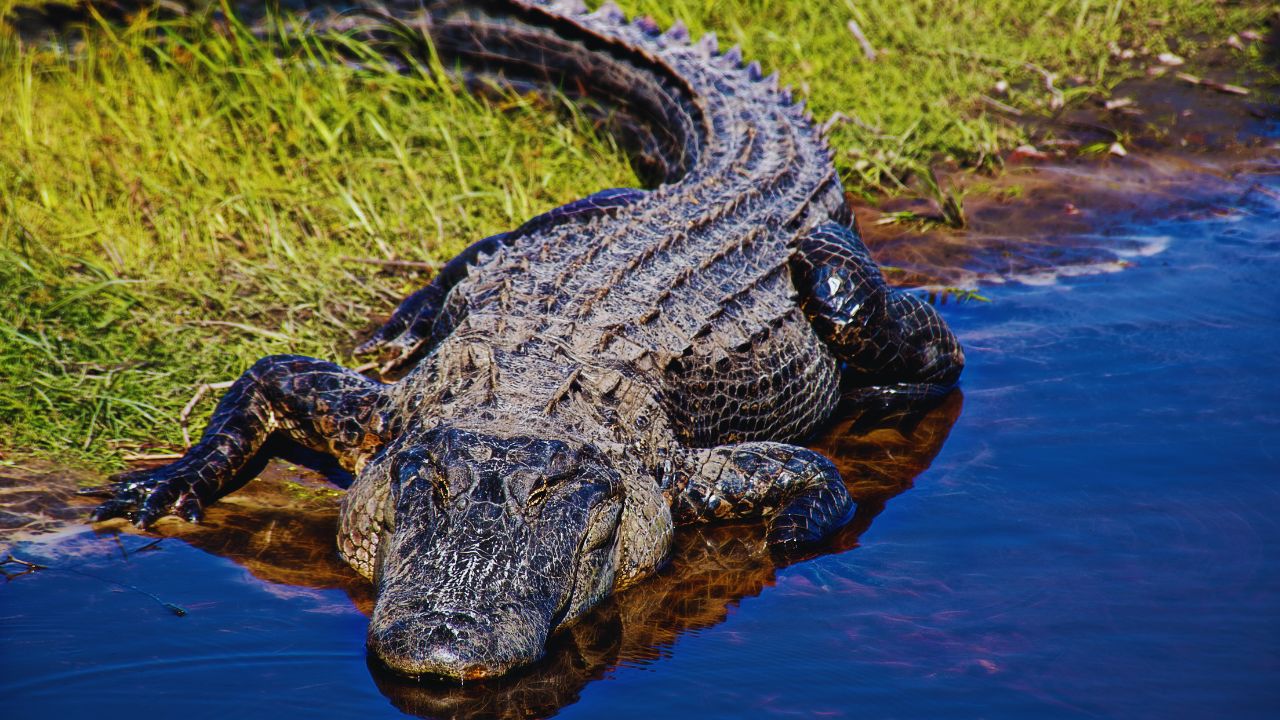
Geographical Distribution of Alligators in the Mississippi River
| State | Alligator Presence | Population Estimate | Key Locations |
|---|---|---|---|
| Mississippi | High | ~30,000 | Jackson County, Pascagoula River System, Harrison, Hancock, Tunica, and Coahoma Counties |
| Louisiana | Very High | ~2 million | Southern regions, swamps and lowlands |
| Other States | None/Very Low | N/A | N/A |
Alligators on the Mississippi River?
In fact, one of the most dangerous predators that may be found in the Mississippi River’s waters is the American alligator. The fact is that the river is home to a number of potentially hazardous creatures, with the American alligator being one of the most prominent. However, many people may not identify North America with such frightening nature. The river is one of the main places where alligators may be regularly seen since Mississippi, in particular, is home to a sizable number of these reptiles.
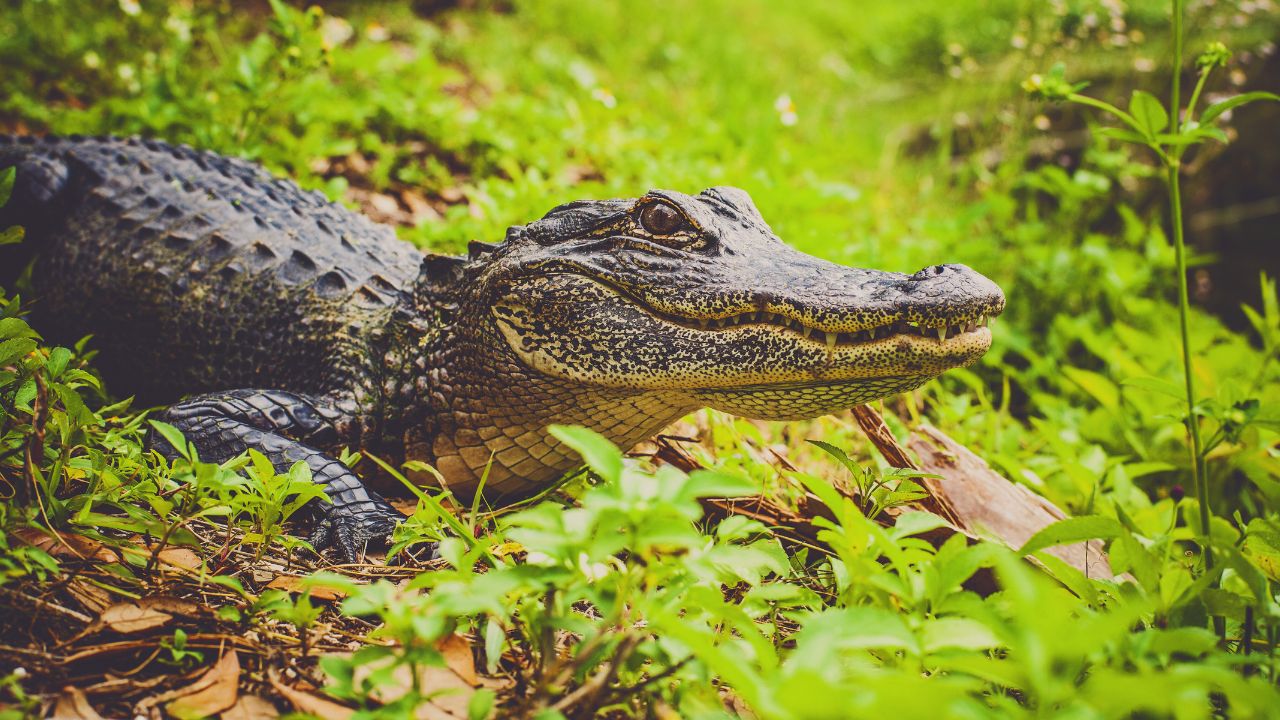
After being placed on Mississippi’s endangered species list in the late 1960s, the American alligator has made an incredible recovery, particularly in the marshy wetlands that surround the Mississippi River. Alligators are relatively rare in the state as a whole, although they are numerous in the surrounding areas of the river delta and the marshy lowlands that have developed there. These reptiles’ recovery is evidence of effective conservation efforts that have made it possible for them to flourish once again.
The Mississippi River Alligators’ Geographic Distribution
Although the Mississippi River traverses 10 states, alligators are mostly found in Mississippi and Louisiana. Along the river’s route, these two states are special because they sustain sizable alligator populations, in contrast to other states the river passes through, such Minnesota or Iowa, where alligators are neither native nor often seen. At the moment, the number of alligators in Mississippi is thought to be about 30,000, the bulk of which are found in the southern region of the state. There are an estimated 2 million alligators in Louisiana, which is an even more startling figure.
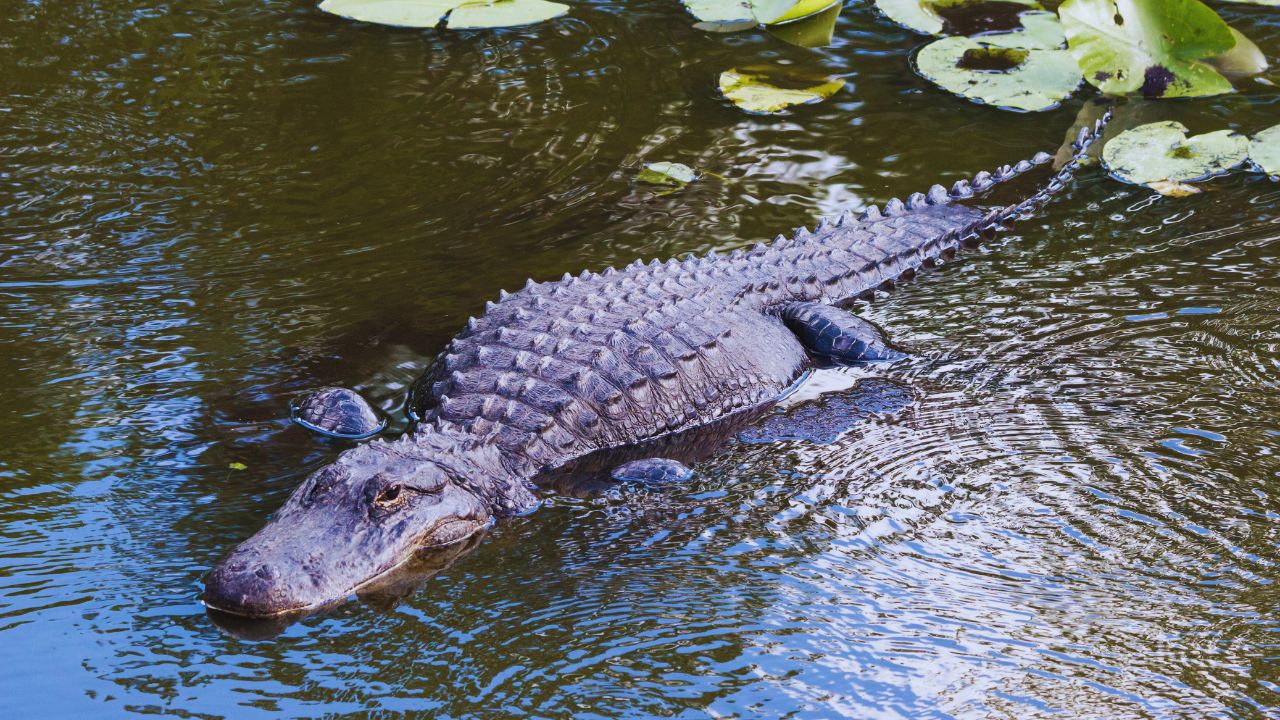
The main cause of Mississippi’s alligator population’s larger size than that of its neighbors, Louisiana and Florida, is hunting laws. Since it is illegal to shoot alligators in Mississippi, the reptiles are free to grow to enormous sizes—some have been known to reach 10 feet in length. As a matter of fact, these enormous reptiles are involved in around 20% of all sightings in several areas in Mississippi. Since there is no hunting allowed in Mississippi, alligators are able to procreate more easily and grow to larger proportions than they would in other states where hunting is legal.
Best Places to See Alligators on the Mississippi River
If you want to view alligators close to the Mississippi River, your best bet is to visit the swampy wetlands of Louisiana and Mississippi. These reptiles are not found in, or are not regular visitors to, the northern states along the river’s route, such as Minnesota and Iowa. In Mississippi, alligators may be found in almost every county, although the southeast of the state has the highest populations. Approximately 25% of the state’s entire alligator population resides in this region.
Important locations for alligator sightings include the Pascagoula River System and the counties of Jackson, Harrison, Hancock, Tunica, and Coahoma. The Pascagoula River System in particular is an alligator’s paradise as it is a component of the river’s basin, which has the largest drainage system in North America.

The largest alligator population in Mississippi is found in Jackson County, where there are an estimated 7,500 alligators, or 24% of the state’s total. With 2,400 alligators, or 7.4% of the total, Rankin County ranks in third, followed by Hancock County, which has 3,900 alligators, or 12% of the state’s population. These figures show how many alligators are found in the southern part of Mississippi, particularly in areas with a lot of marshy environments, which are ideal for the development of these reptiles.
The Mississippi River Could Be Risky to Swim in
Because of the alligator population and other risks, swimming in the Mississippi River is severely discouraged. The river poses a number of concerns, including strong currents that might swiftly sweep swimmers away and push them up against docks or other obstacles. Because of its well-known pollution levels, the river is also among the most contaminated in the country and the globe. These factors together make it dangerous and hazardous to swim in the Mississippi River.
One of the main threats to swimmers is the existence of alligators. These species may be hard to see in the murky river waters because of their reclusive character. If a swimmer does come across an alligator, they should immediately leave the area since they may be quite dangerous, particularly if they feel threatened or irritated. Not to add that swimming in the river after dark is quite perilous since alligators are most active at night.

Not only are alligators a potential danger while swimming in the Mississippi River, but heavy pollution and dirty water may also be problems. Accounts of people experiencing a range of health issues after their swim provide as more evidence of the risks connected with swimming in rivers. Swimming is not advised in this location because of the hazards associated with the strong currents in the river and hidden debris under the surface.
Dangers of Swimming in the Mississippi River
| Hazard | Description |
|---|---|
| Strong Currents | Fast water currents can quickly sweep swimmers away, leading to potential injury or drowning. |
| Pollution | The river is heavily polluted, posing serious health risks, including waterborne illnesses. |
| Hidden Debris | Submerged objects and debris can cause injury to swimmers, especially in high currents. |
| Alligators | Alligators, especially active at night, pose a severe threat to anyone swimming in the river. |
| Bull Sharks | Aggressive predators that can thrive in both saltwater and freshwater environments. |
| Venomous Snakes | Cottonmouths (water moccasins) and copperheads are highly venomous and can be found near or in the river, posing a danger to humans. |
| Large Mammals | Black bears and coyotes may be encountered near the riverbanks, with the potential to become aggressive if threatened. |
Additional Hazardous Organisms in the Mississippi River
There are other hazards in the Mississippi River besides alligators, which are among the most hazardous creatures there. Many more hazardous animals, such as bull sharks, poisonous snakes, and even huge mammals like coyotes and black bears, may be found in the river.
Bull sharks are among the most deadly creatures in the river because of their aggressive nature and capacity for environmental adaptation. These sharks are a dangerous presence in the Mississippi River because they can live in both freshwater and saltwater. Although they are uncommon, bull shark encounters in the murky waters of the river are not unheard of.

Serious risks are posed by poisonous snakes, particularly the cottonmouth, sometimes known as the water moccasin. Known for its antagonistic nature, this highly deadly snake is often seen in and around the river. Cottonmouths tend to avoid human contact, although they may bite if provoked. In addition to cottonmouths, the river is home to copperheads and other deadly snakes. Although they are not totally aquatic, copperheads are deadly to anybody who travels near the river’s bank since they often reside near bodies of water.
Even on the banks of the Mississippi River, there are risks to be aware of. The larger animals in the area include black bears and coyotes. Even though they avoid humans most of the time, if they feel confined or threatened, they may become aggressive.
Comparison Between Alligators and Crocodiles in the Mississippi River
| Feature | Alligators | Crocodiles |
|---|---|---|
| Presence in Mississippi River | Yes | No |
| Primary Habitat | Marshy swamps, river basins, southern Mississippi and Louisiana | Not found in Mississippi; native to Florida and specific regions |
| Population | ~30,000 in Mississippi; ~2 million in Louisiana | N/A |
| Size | Larger in Mississippi due to hunting restrictions | N/A |
| Danger Level | High potential threat to humans if provoked | N/A |
| Coexistence with Alligators | Yes, in the southern U.S., particularly in Florida | Only in Florida, where both species coexist, |
Mississippi River Alligators
The American alligator has earned its title as the top predator in the southern United States while being undoubtedly one of the deadliest creatures on the Mississippi River. Despite their vicious reputation, there have not been any reports of alligator attacks in Mississippi. However, one should not minimize the potential harm that they pose. State laws in Mississippi prohibit feeding alligators in certain areas because doing so might lead the creatures to associate humans with food, increasing the risk of dangerous encounters.
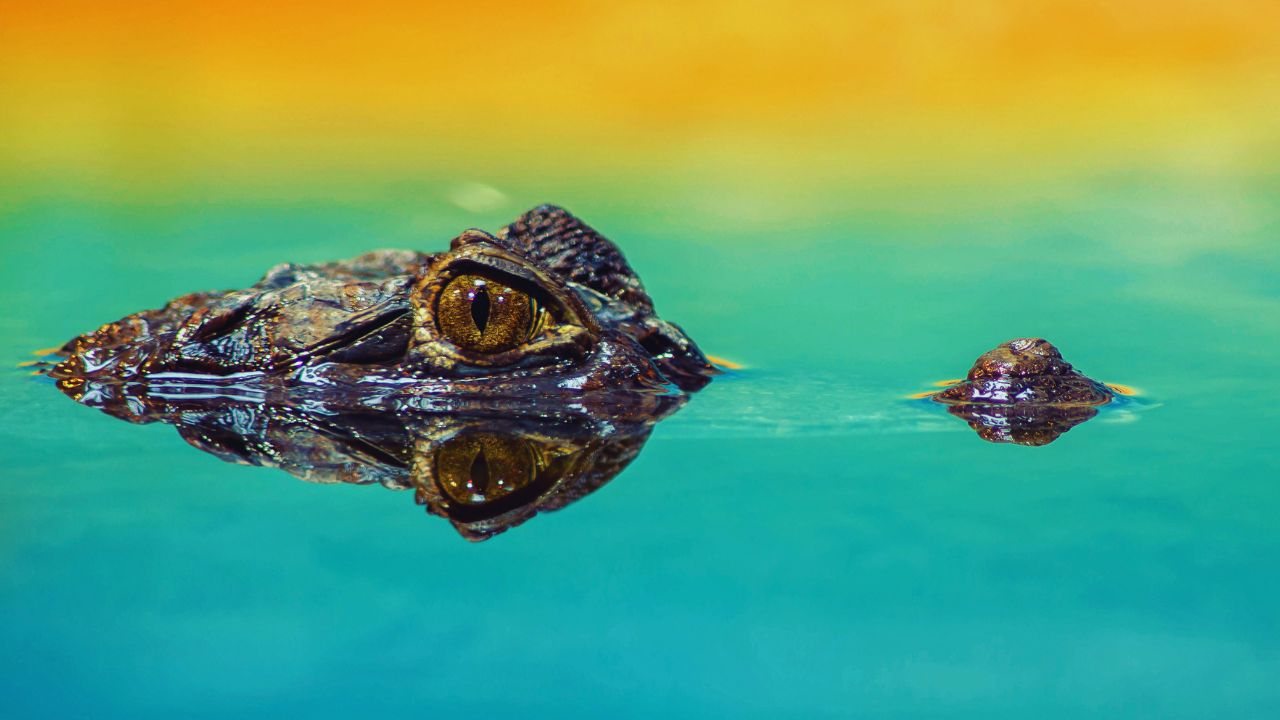
Alligator sightings are often not concerning unless they exhibit aggressive behavior against humans, animals, or pets. Alligators are naturally wary of humans and will often stay at a safe distance, but it’s still crucial to maintain a safe distance and never attempt to approach or feed these animals.
Is it true that there are crocodiles in the Mississippi River?
Crocodiles are neither indigenous to the Mississippi River nor the state of Mississippi, in contrast to alligators. Although crocodiles are confined to certain areas, alligators are widespread in the southern United States, especially in states like Louisiana, Mississippi, and Florida. The only area where crocodiles and alligators cohabit is Florida. While crocodiles may be found in Mississippi’s zoos, they are not found in the natural habitats of the state.





